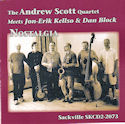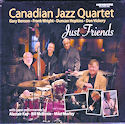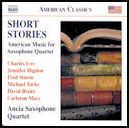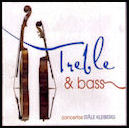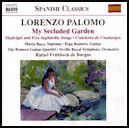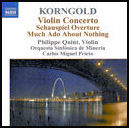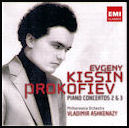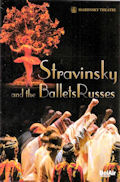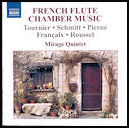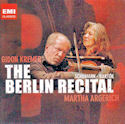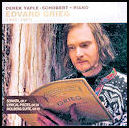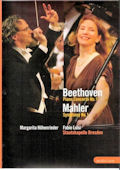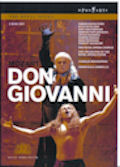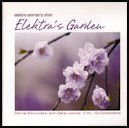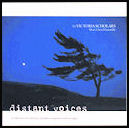For Now by the Peter Hill Quintet
For Now
Peter Hill Quintet
Independent PCH0901
Pianist Peter Hill has been working as a sideman in the greater Toronto area for roughly two and a half decades. With a piano style steeped in early swing with shades of boogie-woogie, Hill is especially sought-after as an accompanist who can play virtually any song in any key without a chart. Previously associated with Jeff Healey, current and long-time collaborator with Laura Hubert, the house pianist for Lisa Particelli’s vocalist-friendly Girls Night Out Jazz Jam and so on, accomplished Hill also holds a PhD in the mathematical field of Low-dimensional topology. His inventive arrangements and originals make their recording debut right here. Now, for “For Now”, Hill has hired a hot band comprised of some of Hogtown’s hippest cats: Bob Brough on alto and tenor saxes, Chris Gale on tenor and baritone saxes, Brandi Disterheft on bass and Sly Juhas on drums. This swingin’ quintet is super tight with a driving energy that’s consistently engaging. Highlights from the varied program include Dexter Gordon’s chestnut Cheesecake, the Bacharach & David famous Alfie and Eden Ahbez’s classic minor lament, Nature Boy. Particularly droll is a modern treatment of the historic Duke Ellington/Bubber Miley composition, Black and Tan Fantasy. Of Peter Hill’s originals, Amico’s, Party of Four is a standout complete with a dazzling Disterheft solo.
Never judge a CD by its cover. For me the art direction is both wacky and tacky, the recording neither. Highly recommended.
Ori Dagan


